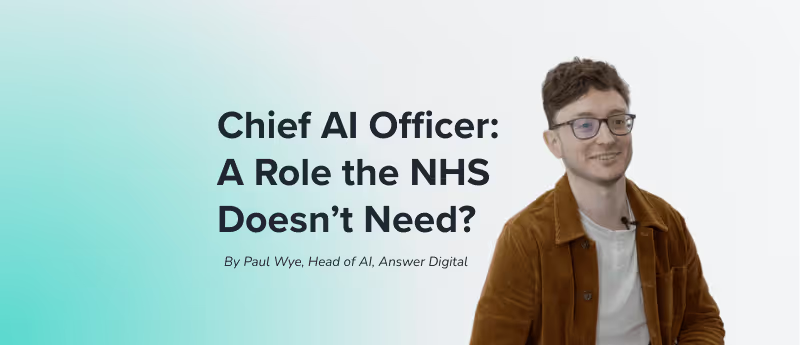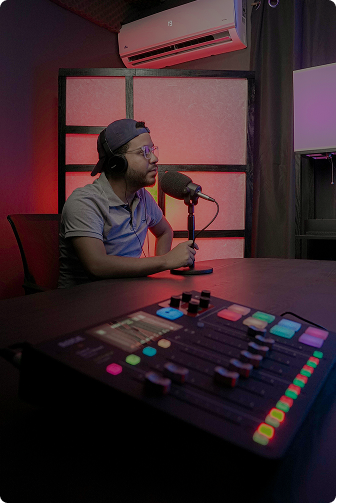Transforming the lives of endometriosis sufferers
Transforming the lives of endometriosis sufferers
.png)
In this interview, we speak with Gustavo Carneiro (Centre for Vision, Speech and Signal Processing (CVSSP) at the University of Surrey; Guildford, UK) about the inspiration behind creating Imagendo®, a system using AI to analyze MRI and ultrasound images for faster endometriosis diagnosis. This technology has the potential to transform the lives of millions of women suffering from endometriosis, through improving the care and reducing the invasiveness of current diagnostic techniques.
Please could you provide a brief overview of your career to date?
I am a Professor of AI and Machine Learning at the Centre for Vision, Speech and Signal Processing (CVSSP), University of Surrey (Guildford, UK). Before that, from 2019 to 2022, I was a Professor at the School of Computer Science at the University of Adelaide (Australia), an Australian Research Council Future Fellow, and the Director of Medical Machine Learning at the Australian Institute of Machine Learning. I joined the University of Adelaide as a senior lecturer in 2011, have become an associate professor in 2015 and a professor in 2019. In 2014 and 2019, I joined the Technical University of Munich (Germany) as a visiting professor and a Humboldt fellow. From 2008 to 2011, I was a Marie Curie IIF fellow and a visiting assistant professor at the Instituto Superior Tecnico (Lisbon, Portugal) within the Carnegie Mellon University-Portugal program (CMU-Portugal). From 2006 to 2008, I was a research scientist at Siemens Corporate Research in Princeton (NJ, USA). In 2005, I was a post-doctoral fellow at the University of British Columbia (Vancouver, Canada) and at the University of California San Diego (USA). I received my PhD in Computer Science from the University of Toronto (Canada) in 2004.
Given that historically, funding and interest towards endometriosis has been lacking, could you tell us a little bit about why you were inspired to research this area?
My inspiration is very personal. My wife suffered from endometriosis for around 10 years before being diagnosed and treated. Before being diagnosed, she was even referred to psychologists even though her symptoms were very real and limited her quality of life. Back in Adelaide, in around 2018, I was approached by Dr Louise Hull, who completed her PhD in Endometriosis at the University of Cambridge, UK in 2006. We discussed many possibilities of collaboration that could use AI to help reduce the time to diagnose endometriosis. After a few proposal rejections, we managed to get a Medical Research Future Fund (MRFF) project accepted in 2021 (the Imagendo® project). The project uses AI to jointly analyze multi-modal images (MRI and ultrasound) for the diagnosis of endometriosis. Imagendo® has been a big success, with a few publications, and received the 2023 ANSTO Eureka Prize for Innovative Use of Technology.
How does IMAGENDO® overcome challenges in endometriosis diagnosis?
When we proposed Imagendo® in around 2021, the diagnosis of endometriosis was mostly based on surgery, which is expensive, invasive, and quite inefficient. Our proposal involved the use of multimodal medical imaging to replace surgery in the diagnosis of endometriosis. The interesting point of the proposal is that our method aims to be robust to the input, so the system should work well if it has either or both MRI and ultrasound images from the same patient. Furthermore, we also aim to be as accurate as the best doctors who are collaborating in the annotation of the images. Hence, Imagendo® can reach a robust diagnosis right after an ultrasound or MRI scan is provided to the system.
What are some of the most interesting use cases of your technology? Do you have any particularly inspiring success stories?
We are working to produce our first prototype now, so our results are still from our datasets. We hope to soon have inspiring success stories.
Are there any other medical image analysis problems you are working on?
Yes, I have worked on many other projects, such as breast cancer detection from mammograms and MRIs, polyp detection from colonoscopy, survival prediction from chest x-rays of heavy smokers, among others. In general, I am interested in projects that can inspire me to produce innovative AI solutions to help patients and doctors.
Interviewee profile:

Gustavo Carneiro is a Professor of AI and Machine Learning at the University of Surrey (UK). Before that, from 2019 to 2022, he was a Professor at the School of Computer Science at the University of Adelaide (Australia), an Australian Research Council (ARC) Future Fellow, and the Director of Medical Machine Learning at the Australian Institute of Machine Learning (Adelaide, Australia). He joined the University of Adelaide as a senior lecturer in 2011, then became an associate professor in 2015 and a professor in 2019. In 2014 and 2019, he joined the Technical University of Munich (Germany) as a visiting professor and a Humboldt Fellow. From 2008 to 2011 Dr Carneiro was a Marie Curie IIF Fellow and a visiting assistant professor at the Instituto Superior Técnico (Lisbon, Portugal) within the Carnegie Mellon University Portugal Program (CMU Portugal). From 2006 to 2008, Dr Carneiro was a research scientist at Siemens Corporate Research in Princeton (NJ, USA). In 2005, he was a post-doctoral fellow at the University of British Columbia and at the University of California San Diego (CA, USA). Dr Carneiro received his PhD in Computer Science from the University of Toronto (Canada) in 2004.
.png)
.png)
.png)


